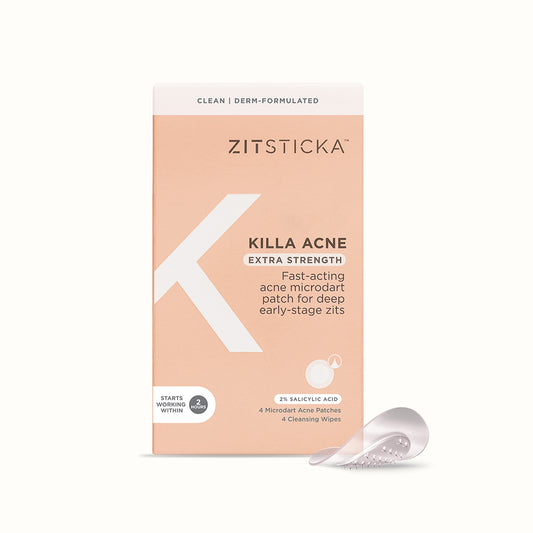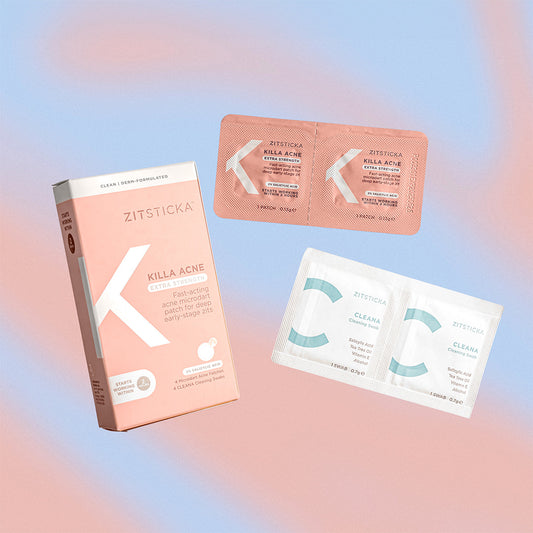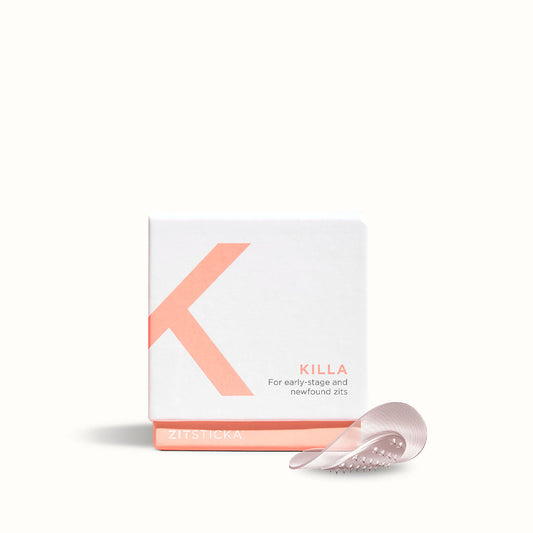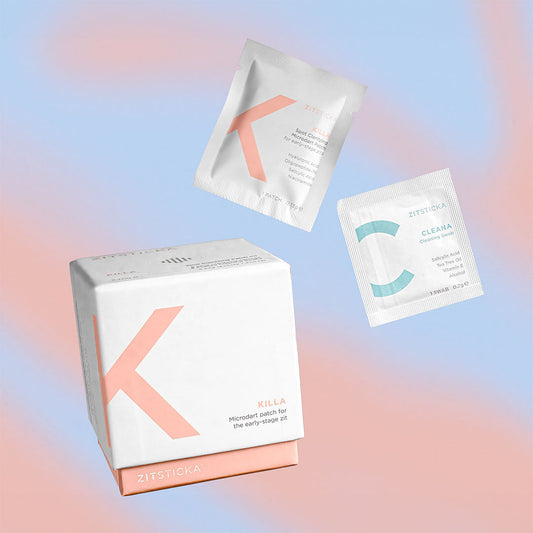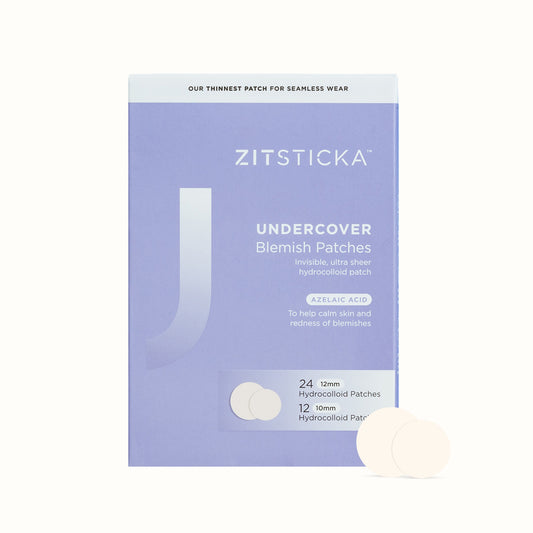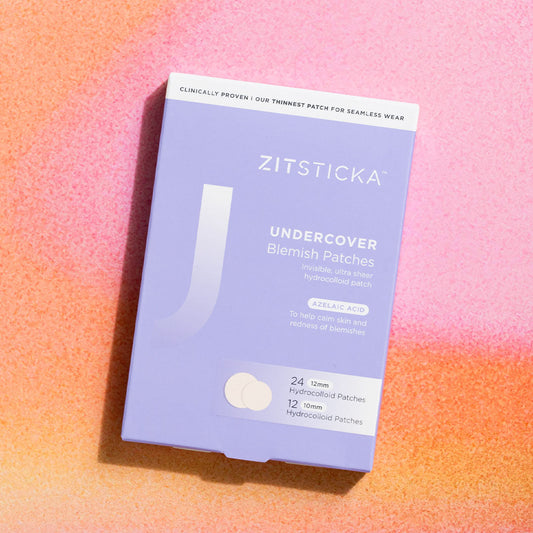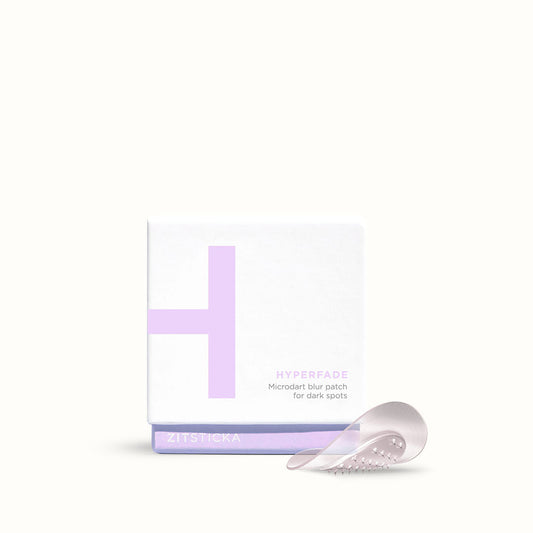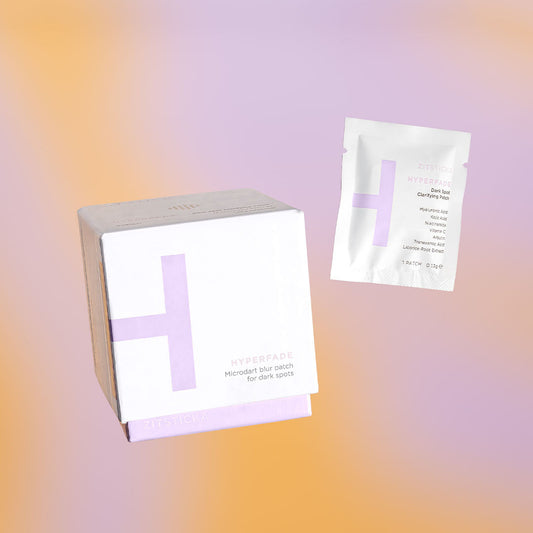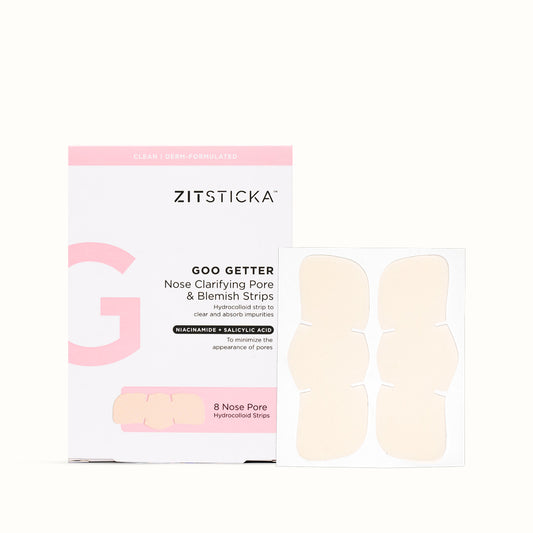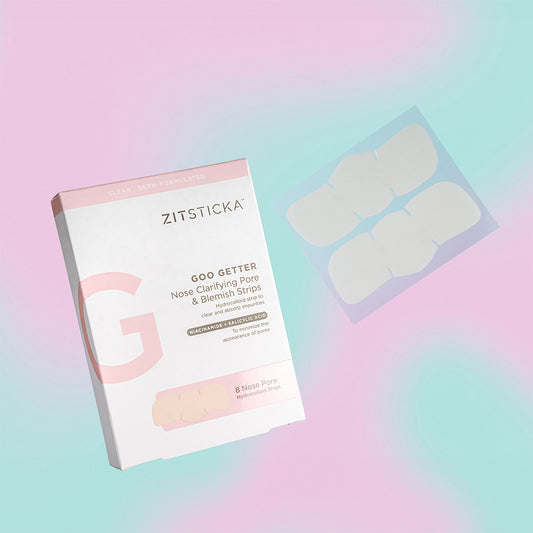Ahh. Nothing screams self-care like a facial to clear those who-invited-you-to-the-party breakouts. Not able to hit the dermatologist at the moment? There’s no great need when you have the right ingredients on hand. When combined with other skin-loving ingredients in a single hardworking application, certain acids should (probably) win some sort of medal for the zit disintegrating, pore unclogging, and gentle exfoliating they perform for us mere mortals. The good news? We've gathered them all up and packaged them into one hardworking mask: PRESS REFRESH.
THE PRESS REFRESH RECIPE
A sprinkle of salicylic acid
If you’re a skincare veteran, you're likely very literate in the aptitudes of salicylic acid (a star player in our OG KILLA patch). Salicylic is as ruthless as one AOC when it comes to the campaign against zits. Before we dive deeper into this specific acid, we must chat about the two common categories of acids: beta hydroxy acids (BHAs) and alpha hydroxy acids (AHAs). Salicylic acid is a BHA. Both are absolutely superb ingredients for exfoliation and blemish busting… So what’s the difference between them? We’re so glad you ask! One of the main differences is that BHAs are oil-soluble, while AHAs are water-soluble. Oil-soluble ingredients penetrate the skin a little deeper than water-soluble ingredients, which means SA is able to exfoliate inside the pore.
Dash of lactic acid
Since we’ve got salicylic acid doing its job diving deeper into the skin, we need something to keep at it on the surface—an AHA! Cue lactic acid. An extensive study published in the Journal of the American Academy of Dermatology found that participants who consistently used a higher percentage of topical lactic acid saw improved firmness, thickness, smoothness and appearance of fine lines and wrinkles. Since it’s water-soluble, it doesn’t penetrate deep into the skin, but actually loosens the ties between dead skin cells to exfoliate the top layer while brightening, smoothing, and aiding against texture. It essentially acts as an effective yet gentle peeling agent for the face—which is ideal for those with more sensitive skin.
Smidge of glycolic acid
Another form of AHA, glycolic acid utilizes its small (very smol) molecular weight to penetrate the skin and vanquish dead skin cells to reveal a new surface of the skin. Bonus benefit!**: A study published in Dermatologic Surgery found that glycolic acid stimulates the fibroblasts in the skin to increase collagen production. What does increased collagen production mean? Firmer skin, fewer fine lines and wrinkles and a more even skin tone. Need we say more? Unlikely!
Splash of niacinamide
One might say that niacinamide, also in KILLA, is a *trending* skincare ingredient at the moment… and, yup, we're here to elaborate on the hype. Niacinamide, also known as Vitamin B3, is one of the more versatile ingredients we’ve seen. This cheeky component is known for a heap of benefits including virtually minimizing large pores, alleviating breakouts, evening skin tone, strengthening the skin’s surface, minimizing fine lines and wrinkles + much more. In a study performed in 2019 by the International Journal of Cosmetic Science, researchers found that subjects who regularly used a moisturizer containing niacinamide as the active ingredient saw an overall improvement in their complexion and also virtually improved those patients’ skin that were blemish-prone.
A lick of hyaluronic acid
Hyaluronic… anyone else think this would be an impeccable name for a superhero? Simply put, this ingredient is already a superhero in our eyes 😍. HA is a naturally occurring sugar in our skin that helps retain water and keeps things cute, plump and hydrated. Not only does it bring hydration to the surface of the skin, but it somehow manages to hold on to 1000x its weight in water and blocks the water from expelling into the air.
HA is also a key ingredient for an anti-aging skincare regime. Unfortunately as we age, we stop producing as much hyaluronic acid. Oh, to be young and oblivious to the copious amounts of naturally produced hyaluronic acid you retain without a thought. No matter, you can add HA into your skincare routine to make up for the loss.
Another common misconception is that if you have oily/acne-prone skin then you don’t need as much moisture. FALSE. According to the American Academy of Dermatology, when your skin doesn’t have enough moisture, the body starts to produce more oil to make up for that lack of moisture. This unnecessary oil production can clog pores and eventually lead to more possible zits. Bottom line—keep those zits hydrated.
Finally managed to melt that active pimp… now how do you conquer that impenetrable dark spot? Click here to see real results from our dark spot eraser, HYPERFADE.

